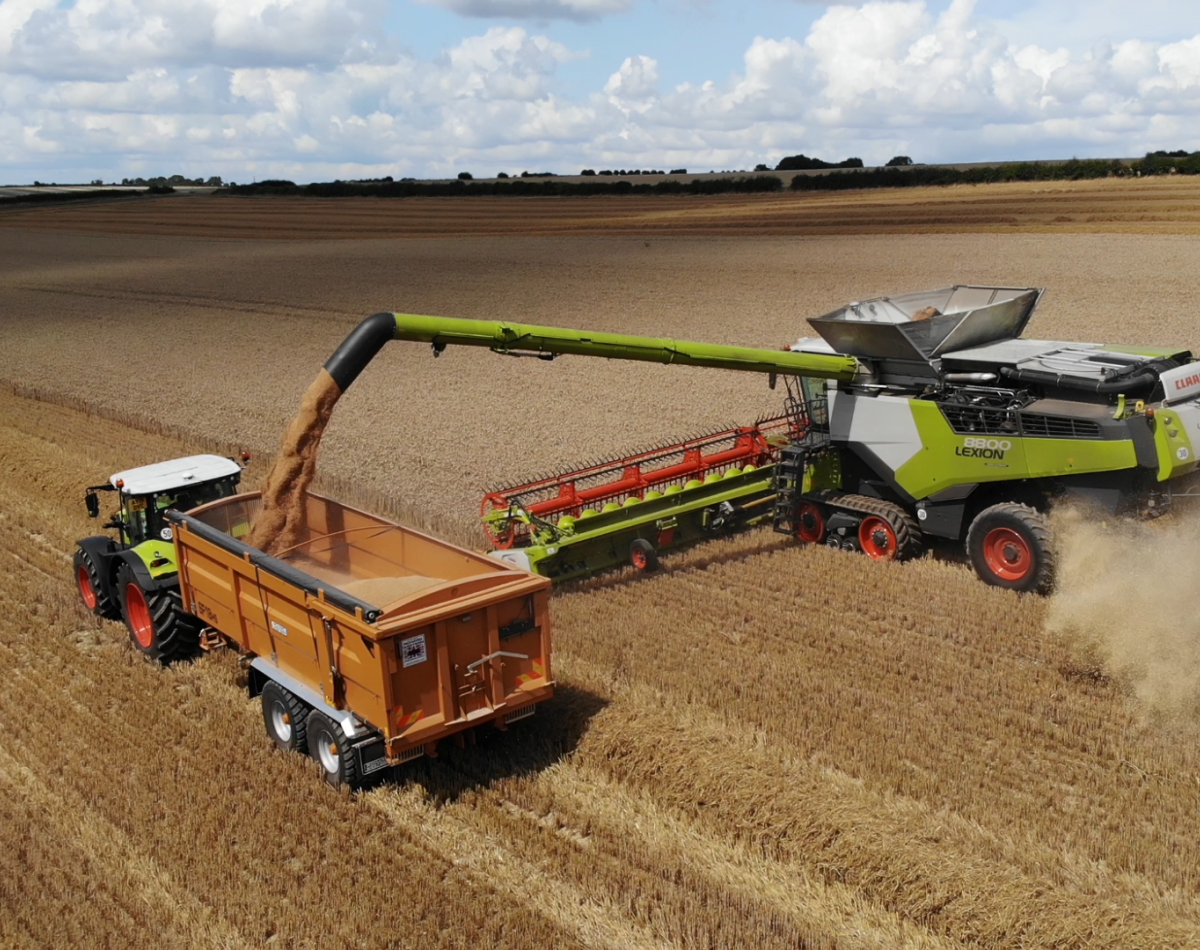Make Sure Your Trailer Safety is up to Scratch

Harvest puts pressure on everyone in the operation chain, from the combine driver to the person running the grain store. Don’t forget the tractor and trailer team in between – ensure their equipment gets the attention it requires.
In the rush to get the combine and the grain store ready for harvest, the tractor and trailer team can often get left until last, but a few checks to ensure your trailers are fit for purpose can save a lot of time once combining has begun, and ensure each tractor/trailer combination is as safe, efficient and effective as possible, suggests Angus Western, managing director at Richard Western, the Suffolk-based trailer maker.
Here’s his list of pointers:
1. Before even checking over your trailer, ensure your tractor is up to the job. Check all lights, and that the brake, hydraulic and lighting couplings are working as they should. Check the pick-up hitch for wear, and ensure the weight and power of the tractor are matched to the trailer and its capacity.
2. Examine the trailer ring hitch for wear. The ring of a trailer that’s been handled with care using an appropriately-sized tractor should not have been subject to undue wear, but overloading and/or operating at high speeds on rough ground can increase wear rates.
3. Check all wheel nuts for tightness and the tyre condition on the tread surface and both sidewalls. The majority of trailers are now fitted with radial flotation tyres to reduce soil compaction, and special attention needs to be given to what the tyres are capable of. Low tyre pressures minimise ground compaction, and the lower the tyre pressure the lower the impact on the soil. However, tyres must be set at the correct inflation pressure to match the load and speed requirements for the trailer. A quick reference to the tyre manufacturer’s recommendations will provide the information required.
4. Next, couple the trailer to a tractor. Examine the conditions of the lighting plug and cable and see that all tail and indicator lights work, and that any broken reflectors, blown bulbs or cracked lenses are replaced.
5. See that the trailer’s suspension components are all in good condition, and that any bushes or other wearing parts are replaced before combining commences. Examine the condition of the brakes, and ensure the braking system works as it should when the trailer is empty and when loaded.
6. Ensure that sheet systems, if fitted, work correctly and are undamaged. Such systems are sound investments on a new trailer, particularly given their compliance with assurance regulations, but are of little use if damaged or difficult to use.
7. Ensure trailer seals are undamaged. There is little worse than having an expensive trailer that leaks grain. A good trailer should be fitted with high-grade tailgate seals as standard.
8. Make sure you and your operators know and understand the capacities and capabilities of your trailer. Overloading has serious consequences, never under size the tractor. The same is true of excessive speed. Travel only as fast as the law allows with the tractor you are using. Train your operators in tractor and trailer handling – it may seem the simplest of farm machinery tasks, but with combinations now capable of higher weights and faster speeds, operators must understand exactly what their tractor and trailer, and the law, allow them to do.
9. Trailer pitch, the trailer should be nose high so as the brakes are applied the trailer becomes level and the braking load is distributed equally through all four trailer wheels.
10. If you are unsure I suggest getting a Tilly done on your trailer, contact www.tillypass.co.uk #headtotow

Find your nearest dealer
From our international network
